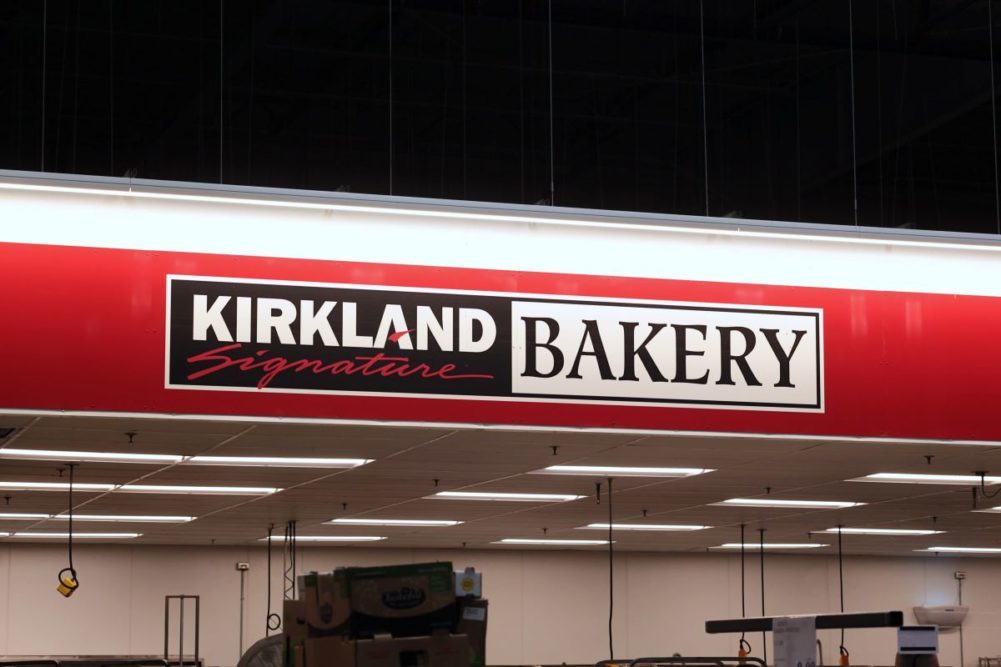NEW YORK — The volatility of private label sales may be coming to a close, according to new research from the Private Label Manufacturers Association (PLMA) and market researcher Circana. The category saw a 4.7% increase in dollar sales across the United States last year, rising to $236 billion in 2023 from $229 billion in 2022, outpacing a 3.4% uptick in national brands dollar sales.
Much of the growth for private brands came in the first six months of the year. Dollar sales from January to June rose 8.2% compared to the same period in 2022, and sales in the last six months only grew 1.4%. The PLMA said the growth pattern suggests private label sales may be returning to the steady single-digit annual increases that were common prior to the past three years.
“Overall, the industry is healthier than ever,” said Peggy Davies, president of the PLMA. “One of every five food or non-food grocery products sold across the United States carries the retailer’s name or own brand and was supplied by a store brand manufacturer.”
Unit sales for private brands remained virtually unchanged, dropping 0.1% to 58.1 billion in 2023, while national brands unit sales decreased nearly 3% to 222.9 billion.
Nine of the 10 retail departments tracked by Circana saw an increase in private label sales. The biggest growth drivers were general food, which rose 10% to $42.6 billion in dollar sales, and beverages, rising 8.9% to $12.9 billion in dollar sales.
The research also reviewed the private label sales of 175 specific food categories in 2023. Categories with the largest growth included salty snacks, up 25% to $2.1 billion in dollar sales; shortening and oil, with a 14% increase and $2.5 billion in dollar sales; and fresh bread and rolls, which rose 12.5% to $3.7 billion in dollar sales.
“Most of all, the ‘store brands phenomenon,’ as we like to call it, continues to be well positioned,” Davies said. “Retailers and consumer product companies must ensure their offerings are ‘value-right,’ providing strong perceived value for money and quality in categories where shoppers are targeting cutbacks, irrespective of their income levels, according to a leading industry trade magazine. That’s a challenge we believe is built for the inherent qualities of store brands.”



